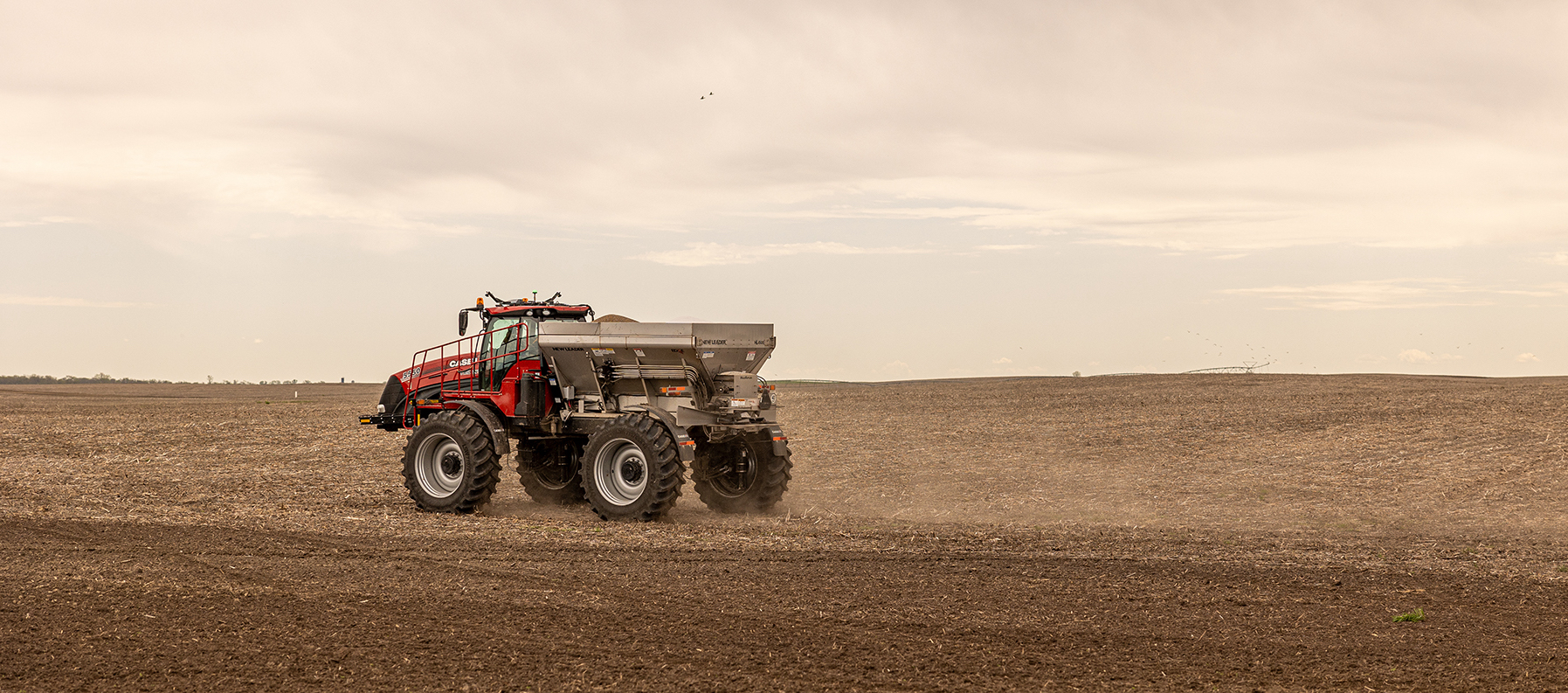Farm equipment with autonomous capability means operators are free to focus on other tasks. But trusting a system enough to actually step out of the cab can be a big mental hurdle.
The challenge is one Case IH is working to alleviate by directly engaging customers in the development of autonomous solutions. Company representatives say the goal is to build confidence in autonomous platforms by giving operators the chance to see — and experience — how they work in the field.

Case IH is constantly refining its equipment based on customer feedback, say Kendal Quandahl and Casey Mack, Case IH AFS marketing managers working on the company’s autonomy portfolio. Asking customers what challenges they’re facing and how Case IH tools could provide solutions is a critical part of the process.
“One bit of feedback was how much he liked that the autonomous capability was not taking away someone’s job. It just gave him the ability to redistribute labour.”
Kendal Quandahl, Case IH
Quandahl says Case IH customers consistently identify the need for more time, labour, and operational flexibility as choke points for their farm businesses. The Case IH Trident 5550 applicator with Raven Autonomy, the company’s latest version of a mainstay spreader system, provides an example where customer feedback helped tackle all three problems.
Launched at the Farm Progress Show 2022, the Trident 5550 applicator has been outfitted with Raven Autonomy to create the industry’s first autonomous spreader. By defining the in-field mission, mapping boundaries and creating a path plan, the machine can work on its own as the overseeing operator monitors from a distance. The presence of a cab allows easier road transportation, as well as the ability to monitor the machine first-hand.
“You can stay in the cab and see how it interacts with the environment, such as how it reacts and adapts to obstacles in the field. That sort of thing builds confidence before the operator steps out,” says Quandahl. “We don’t need to install these systems on new iron. That’s why we looked at Trident — it’s an existing design and an example of how we can retrofit autonomy onto other equipment.”
Quandahl says a Canadian grain grower was a partner in developing Trident. “He got a chance to operate it and let us know what he did or did not like. One bit of feedback was how much he liked that the autonomous capability was not taking away someone’s job. It just gave him the ability to redistribute labour.”

Trident’s autonomous capability is the latest culmination of Case IH’s five-step path to autonomy — guidance, co-ordination and optimization, operator-assisted autonomy, supervised autonomy and finally, full autonomy. AFS AccuGuide and AFS AccuTurn automated end-of-row-turn technology are examples of steps one and two, respectively. AFS Soil Command and the ability to implement finely tuned tillage prescriptions, regardless of who is in the operator seat, exemplify steps closer to full autonomy.
Mack reiterates that each step is an important block in the foundation underlying full autonomy.
“These machines are an investment, and with the input costs we’re seeing, it really is a confidence thing. People stepping out of the cab need to know it’s going to perform how they want it to perform,” he says, adding there’s no sense in designing tools which no one can use or have confidence in.
“Any system does take some training. We’re standing on 25 years of building blocks and have a much better understanding of these technologies.”










